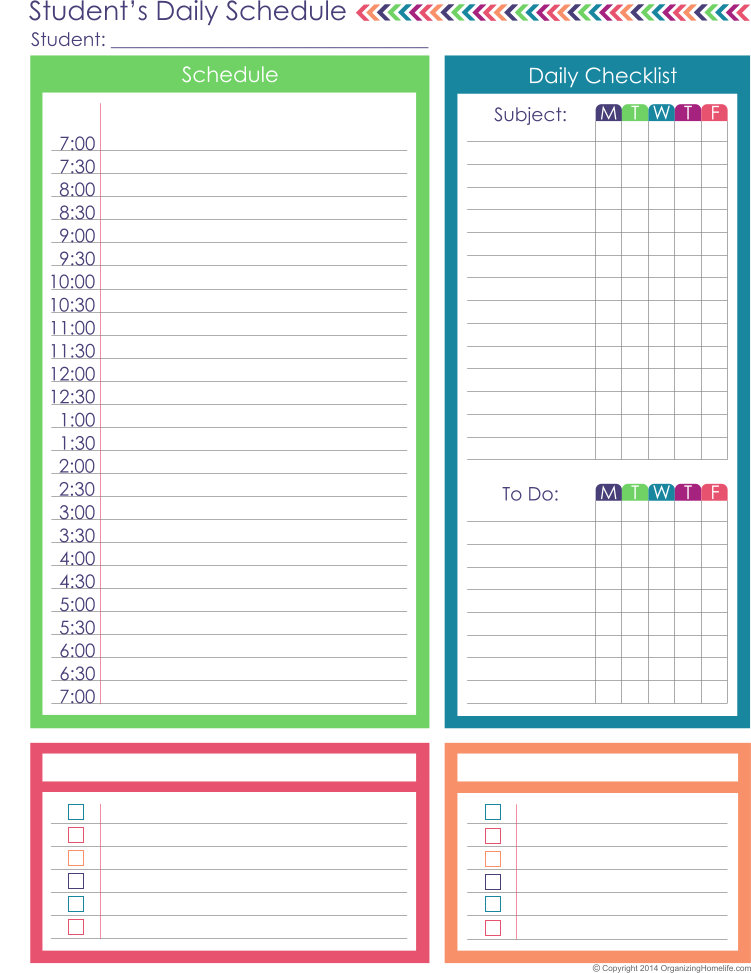So you like the rest of us you are cooped up because of COVID-19 and might be feeling anxiety. Here is an App that helps you log what you are feeling, the accompanying symptoms, and solutions to help manage your feelings.
MINDSHIFT CBT
MindShift™ CBT
 Free Evidence-Based Mental Health Relief
Free Evidence-Based Mental Health Relief
Is anxiety getting in the way of your life? MindShift™ CBT uses scientifically proven strategies based on Cognitive Behavioural Therapy (CBT) to help you learn to relax and be mindful, develop more effective ways of thinking, and use active steps to take charge of your anxiety.
Get the tools to tackle:
- Worry
- Panic
- Perfectionism
- Social Anxiety
- Phobias
MindShift™ CBT Features:
CBT-BASED TOOLS
Interactive cognitive-based tools to help you reorient your thinking, and behavioural strategies to help you take action and make lasting positive change.
QUICK RELIEF
When you need anxiety help fast, use these quick and easy tools to help you take a breath, ground yourself, shift your thinking, and take steps to cope.
THOUGHT JOURNAL
Transform your worries into balanced and helpful thoughts by identifying and challenging thinking that keeps you trapped in anxiety.
 COPING CARDS
COPING CARDS
Ease your anxiety in the moment by re-adjusting your thinking with helpful coping statements.
BELIEF EXPERIMENTS
Learn how to set up experiments to test out beliefs that fuel anxiety.
FACING FEARS
Overcome your fears by gradually facing them in small manageable steps.
EXPANDING YOUR COMFORT ZONE
Build your confidence by consistently doing new and challenging things.
CHILL ZONE
Listen to audio recordings of guided relaxation and mindfulness meditations to help you get, and stay, in a more relaxed and mindful headspace.
CHECK-IN
Keep track of your anxiety and mood over time with graphs and journal entries.
HEALTHY HABITS
Tips to set the stage to better manage anxiety by taking better care of yourself.
GOAL SETTING
Tools and tips to help you set and accomplish important life goals and keep anxiety in check. Reminders to keep you motivated and on track.




















